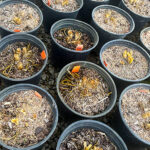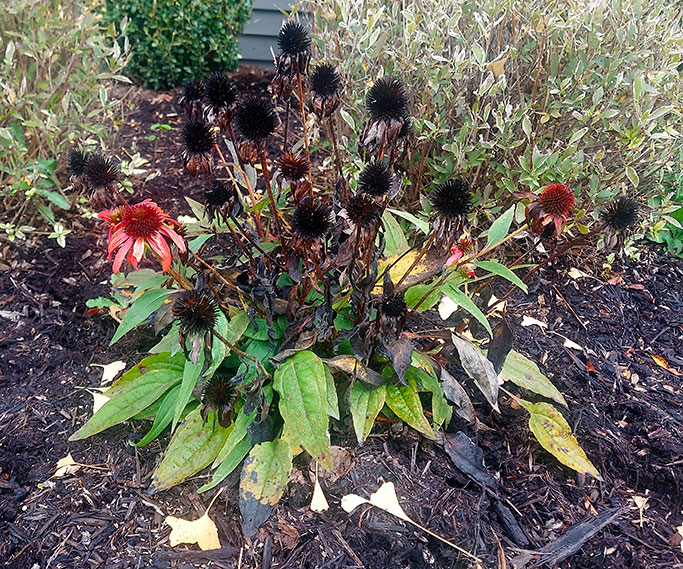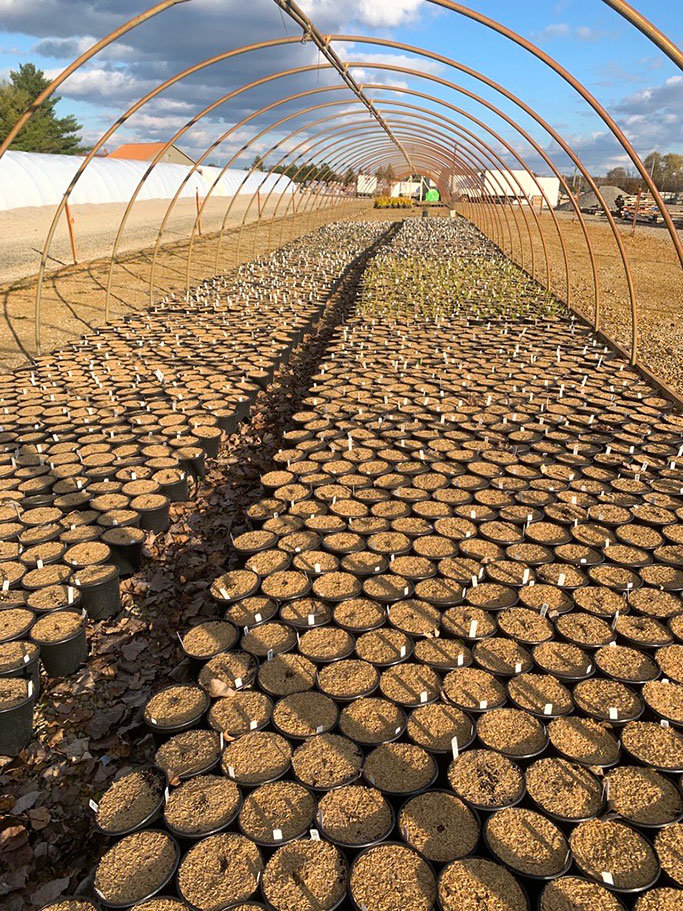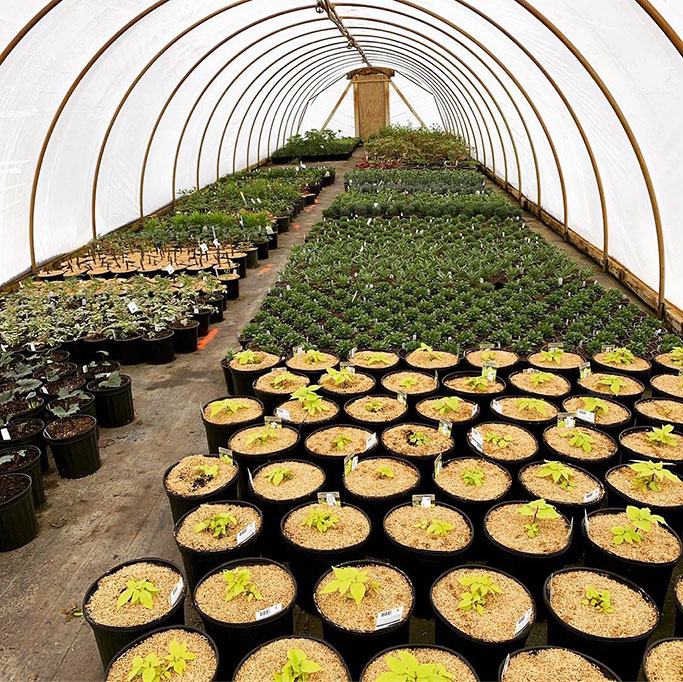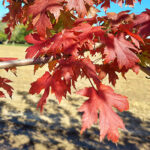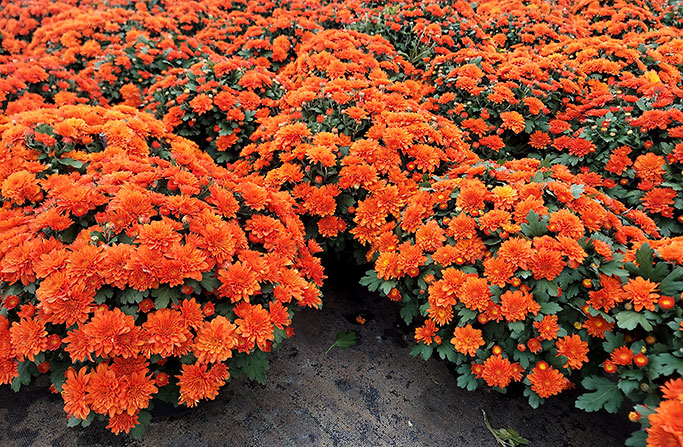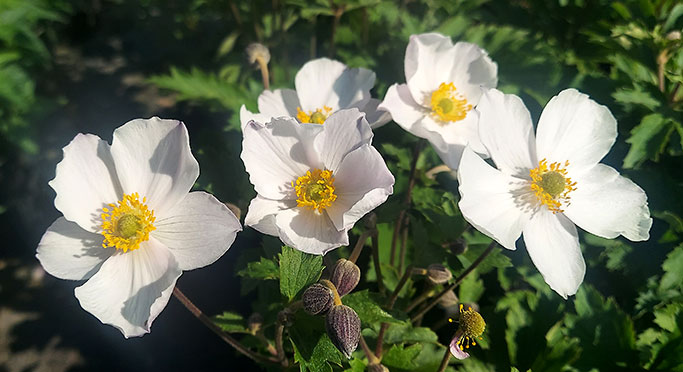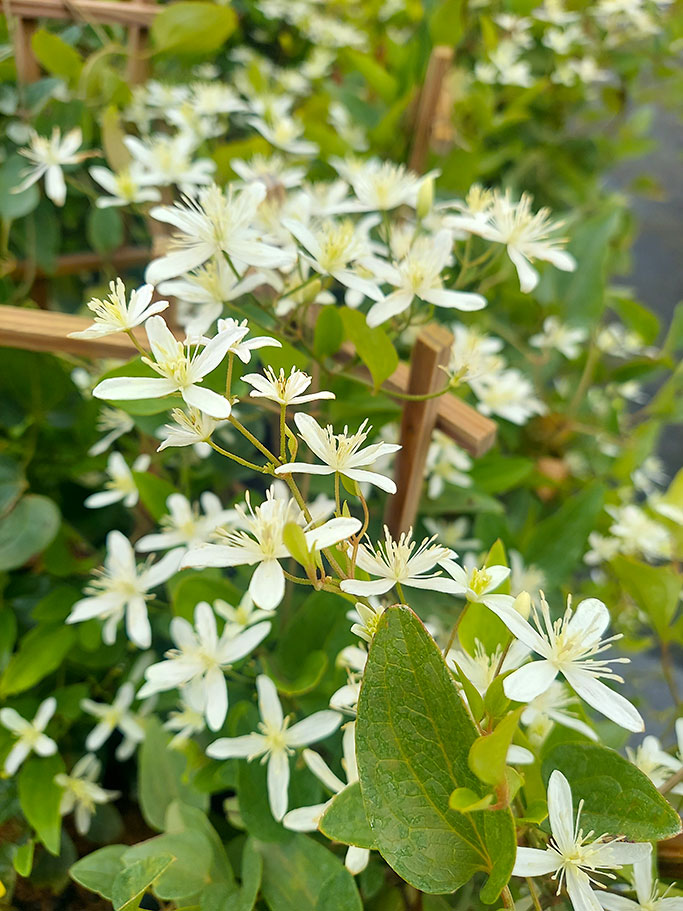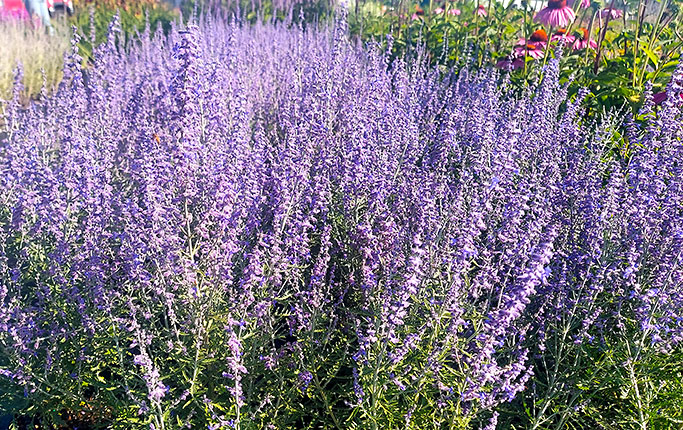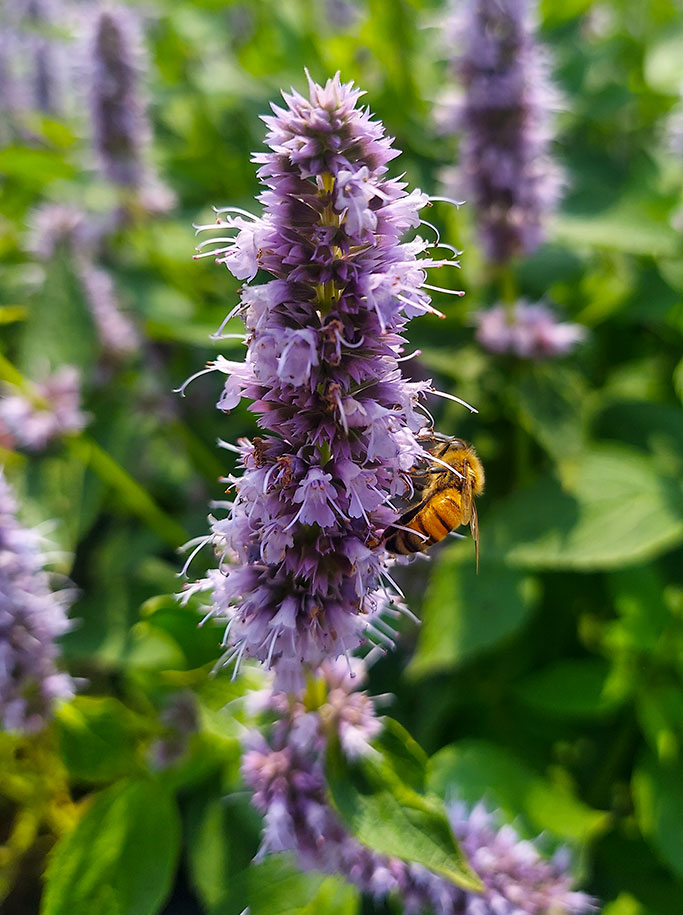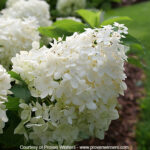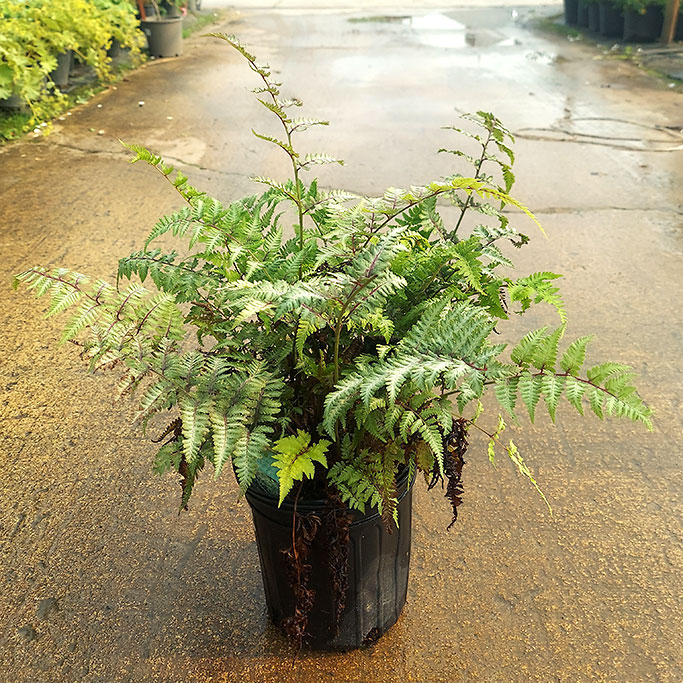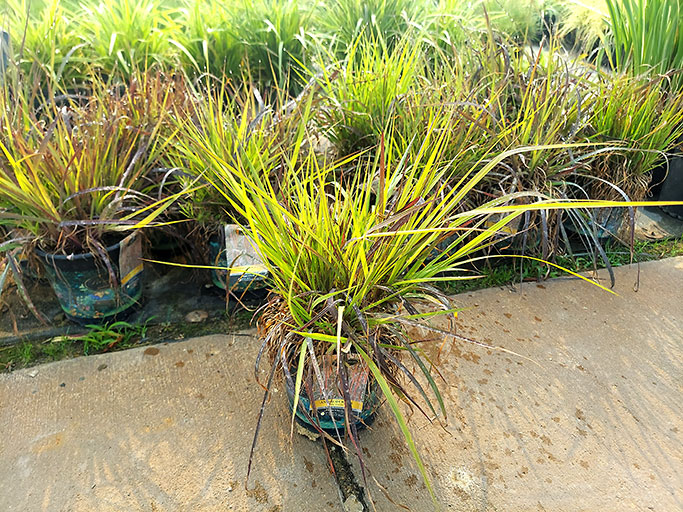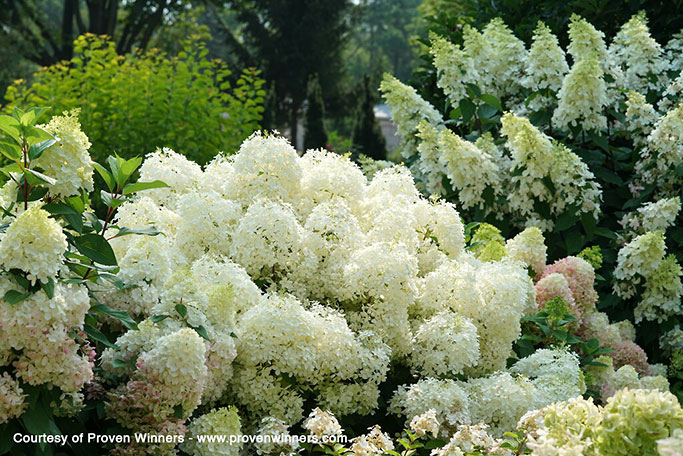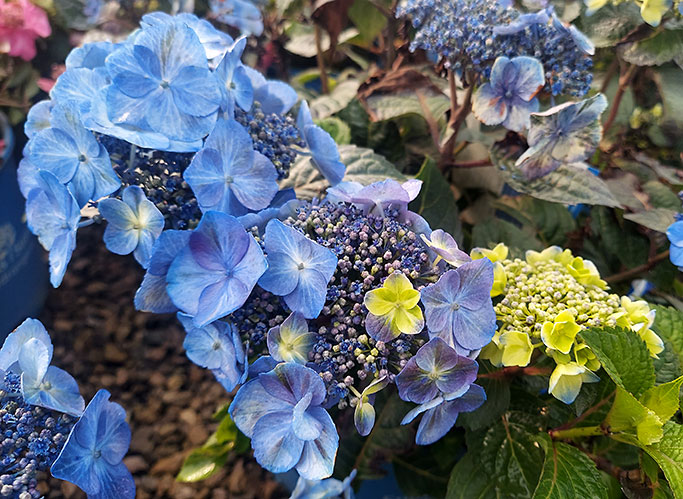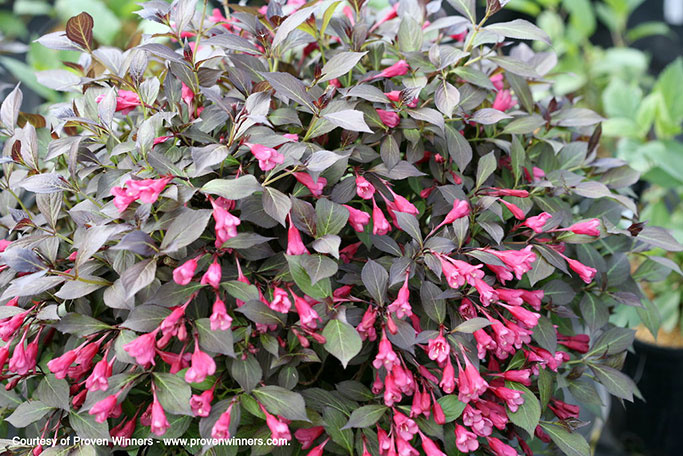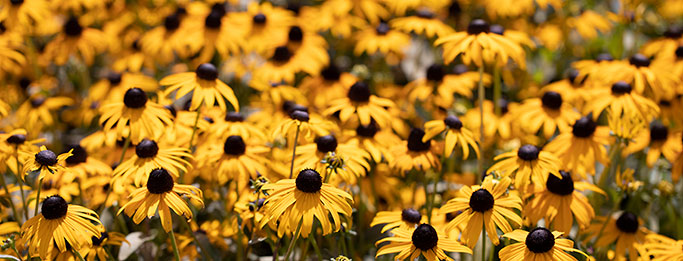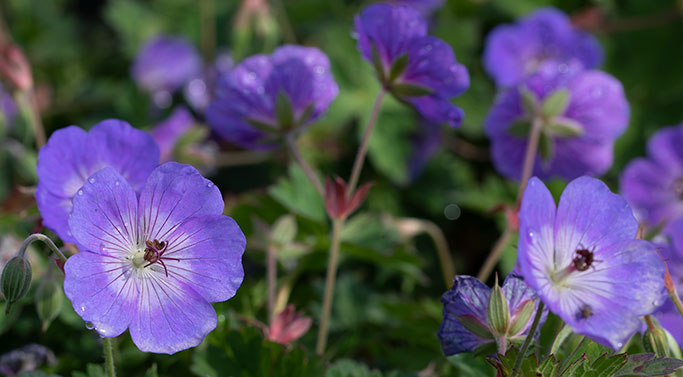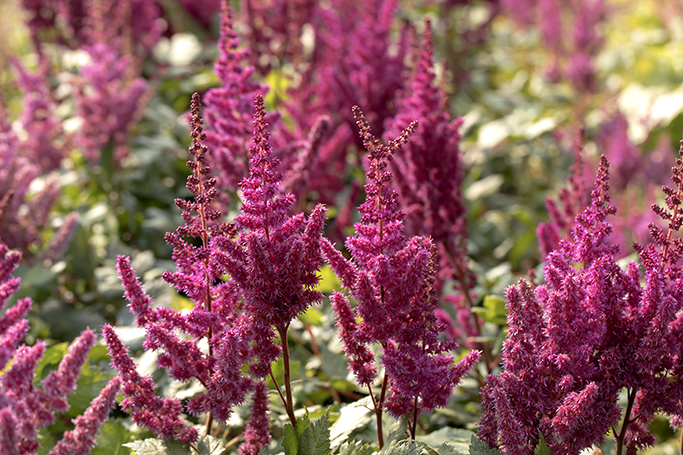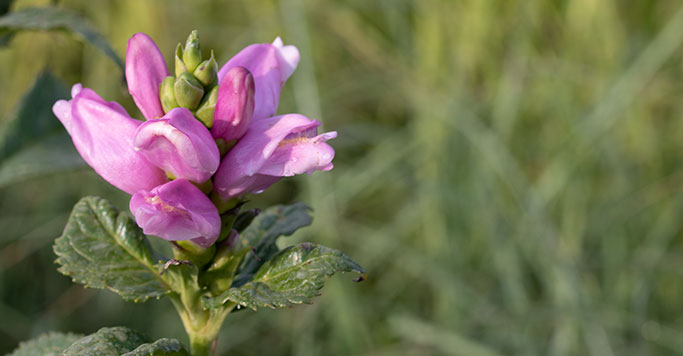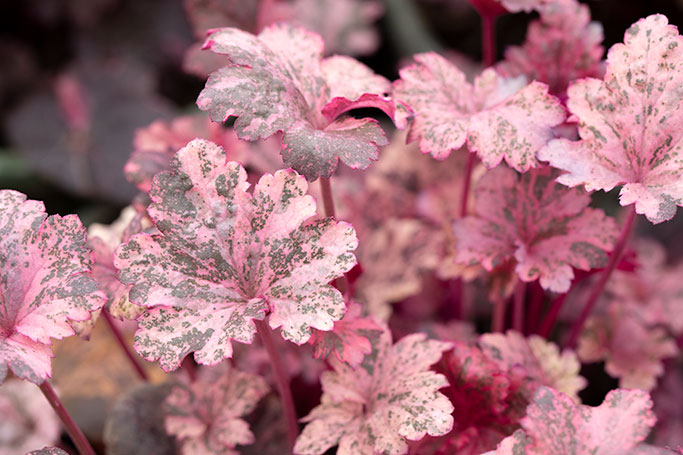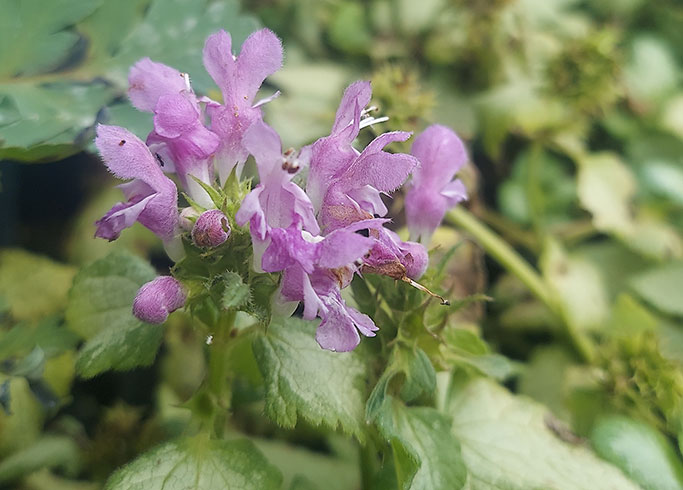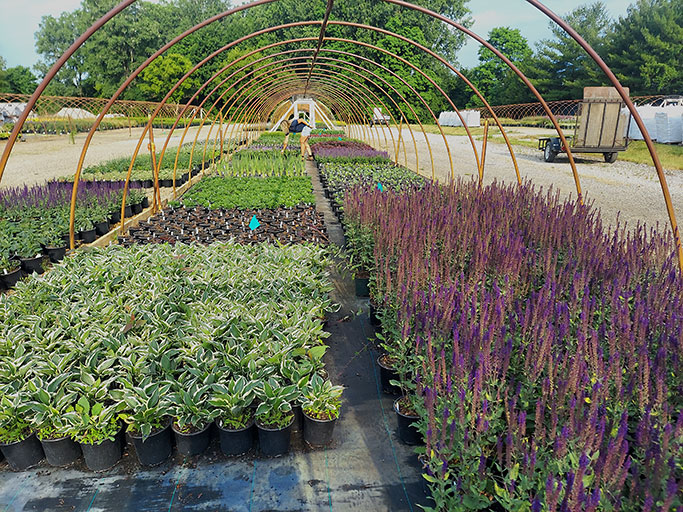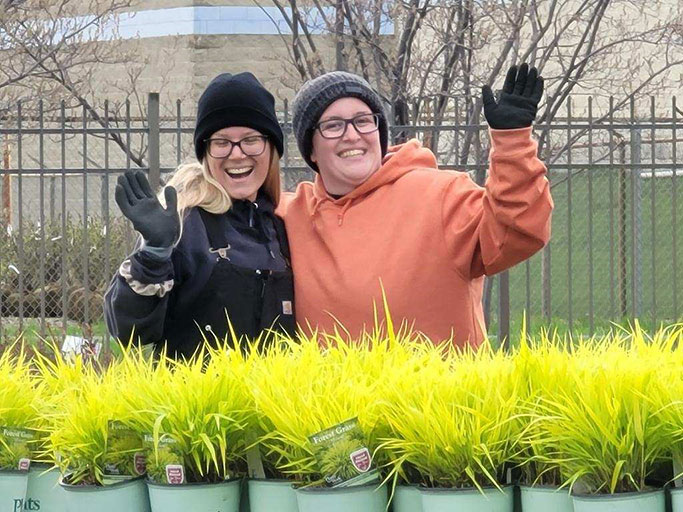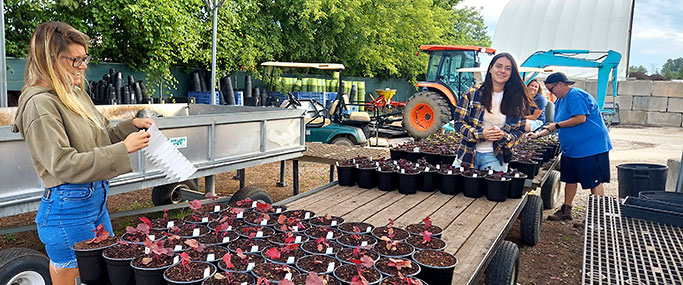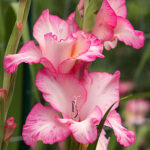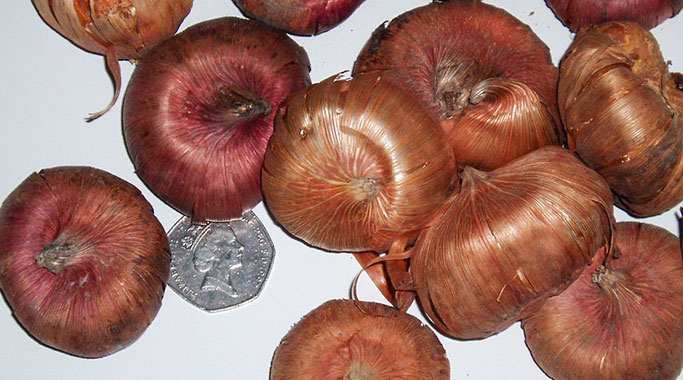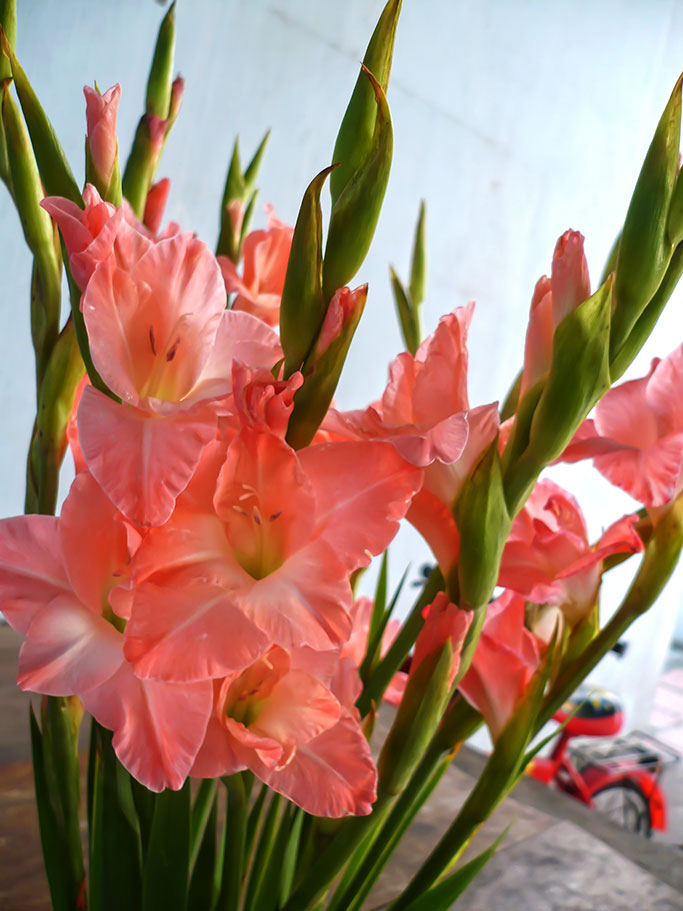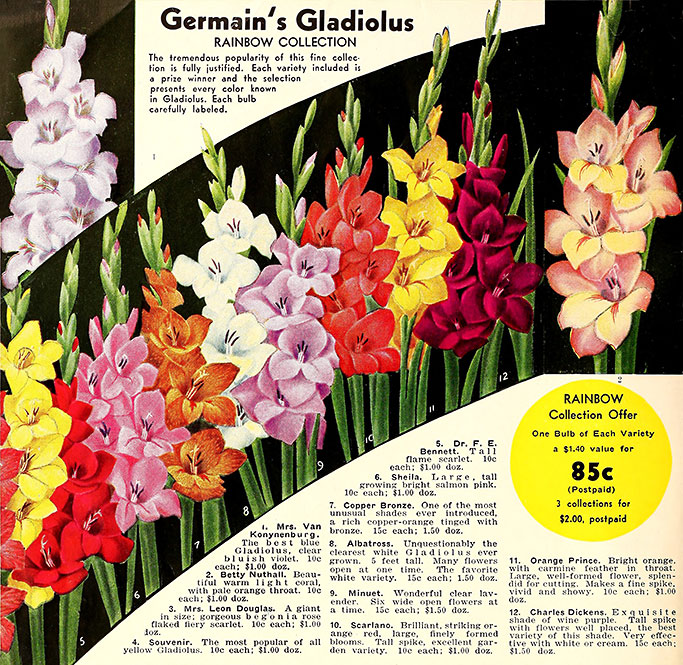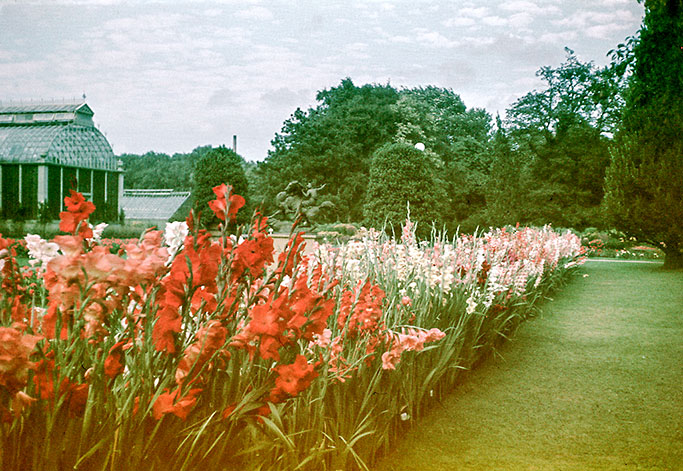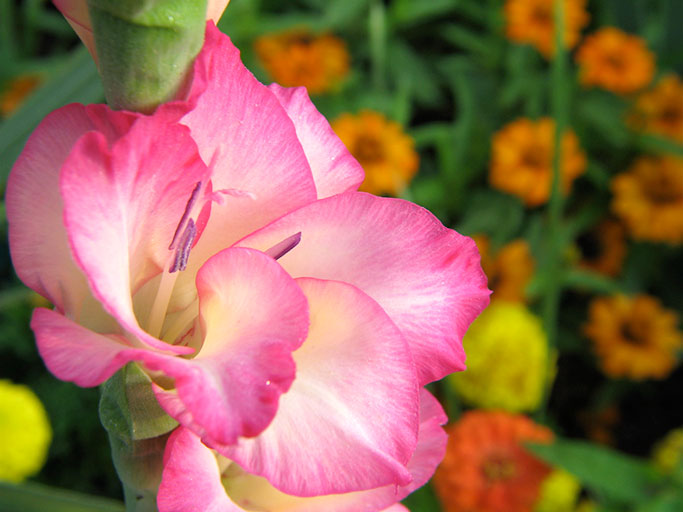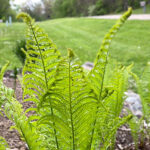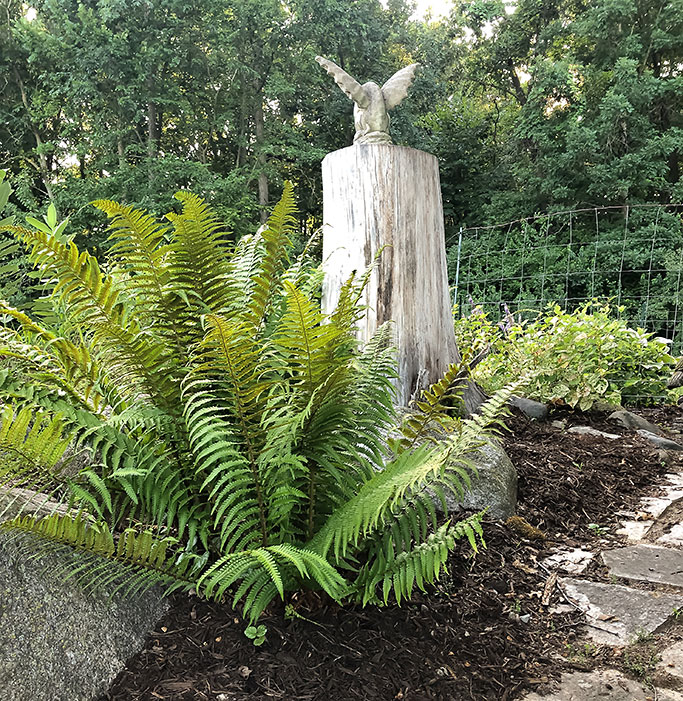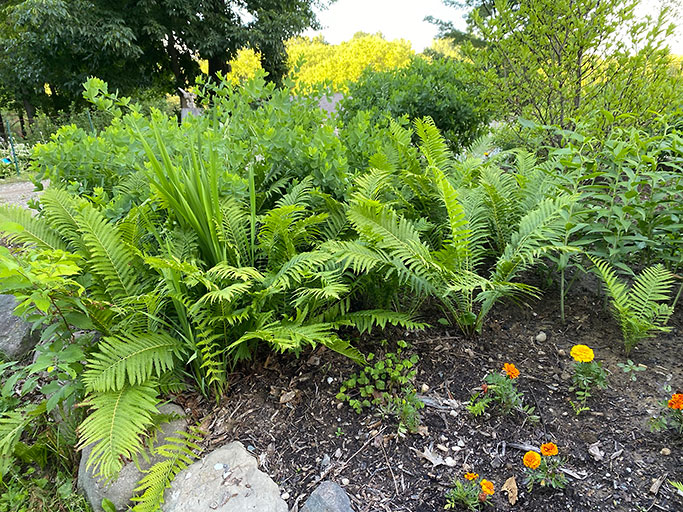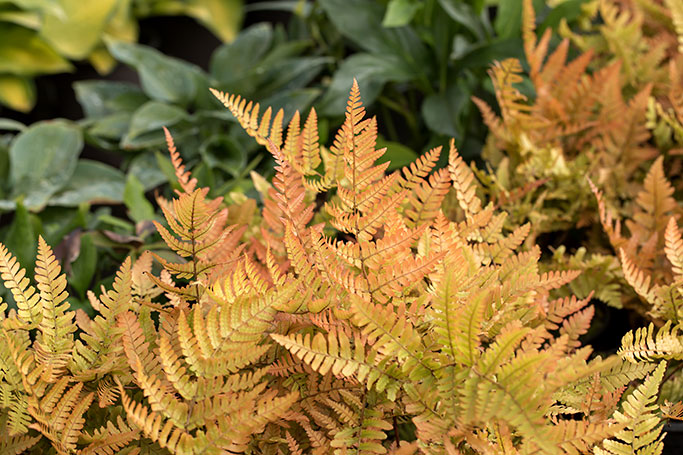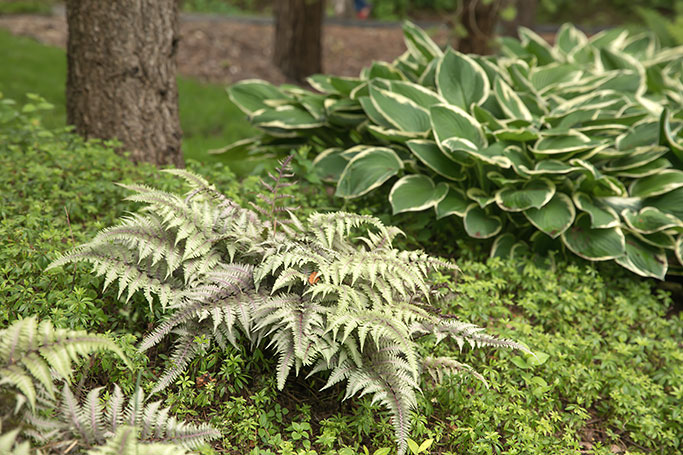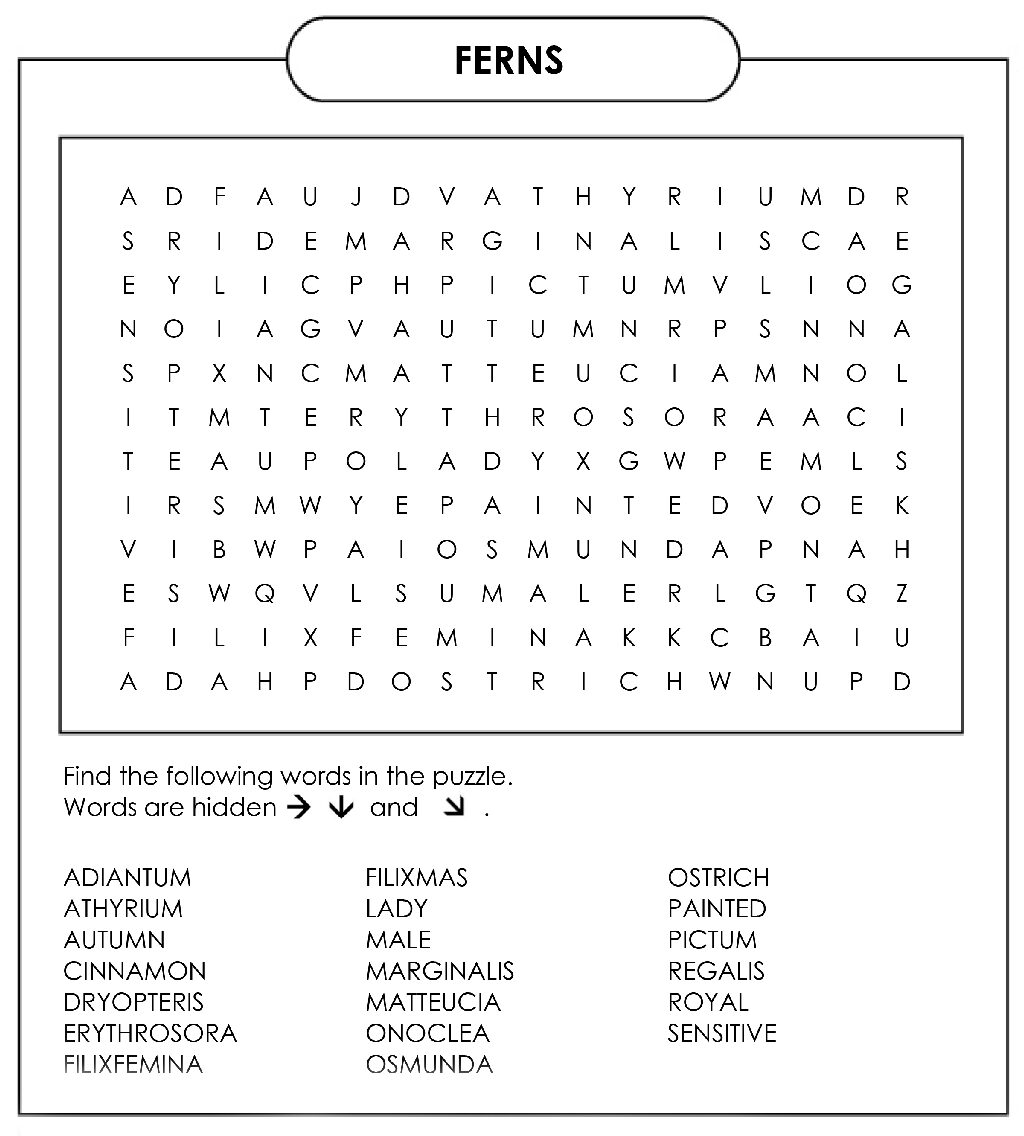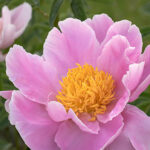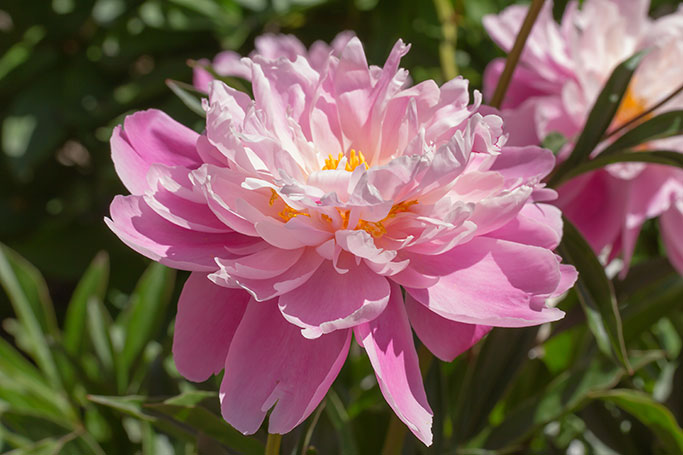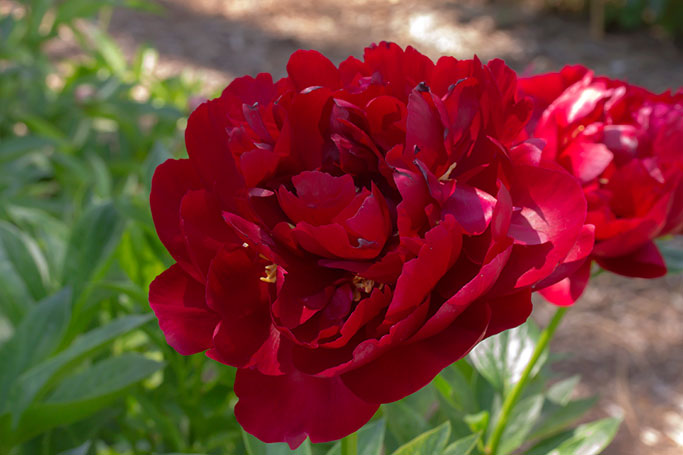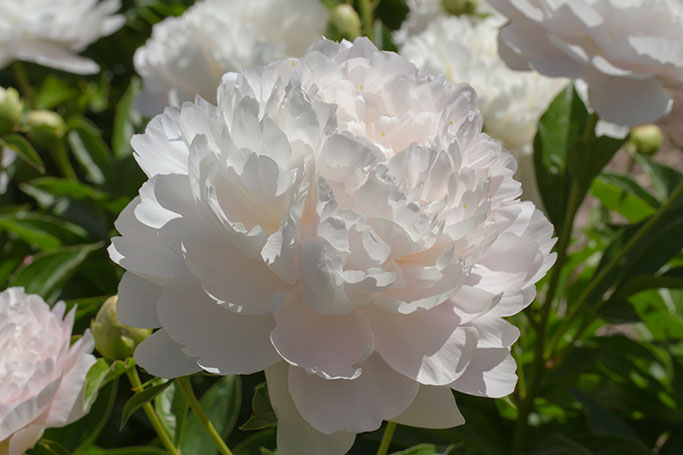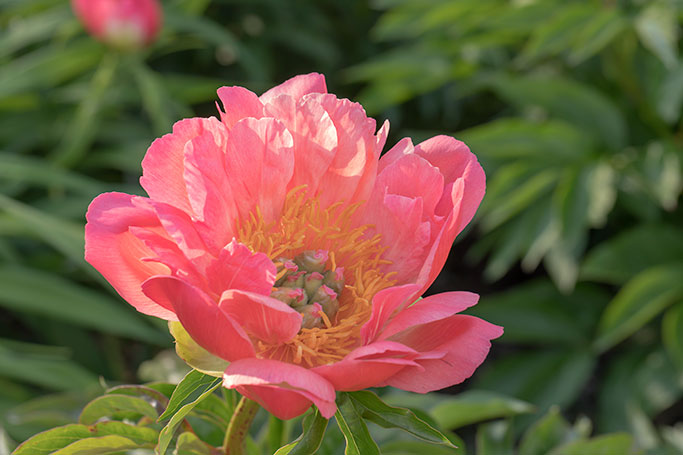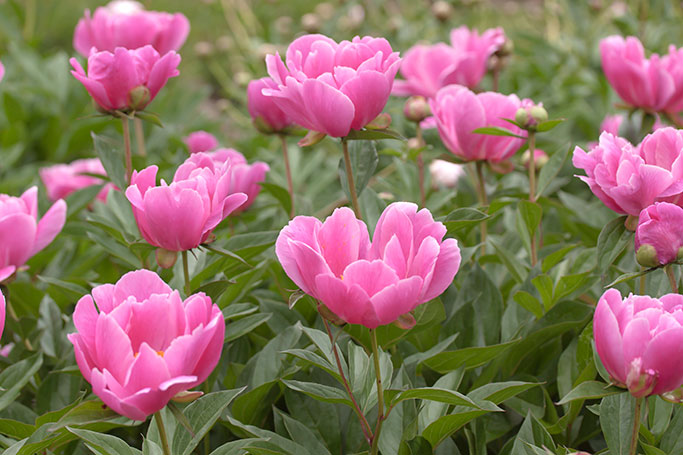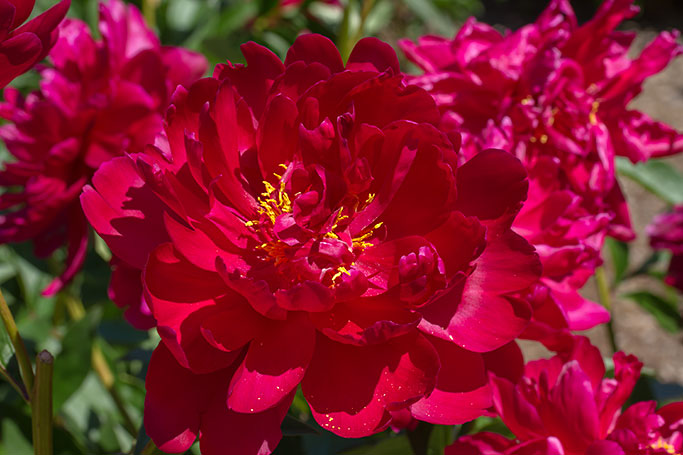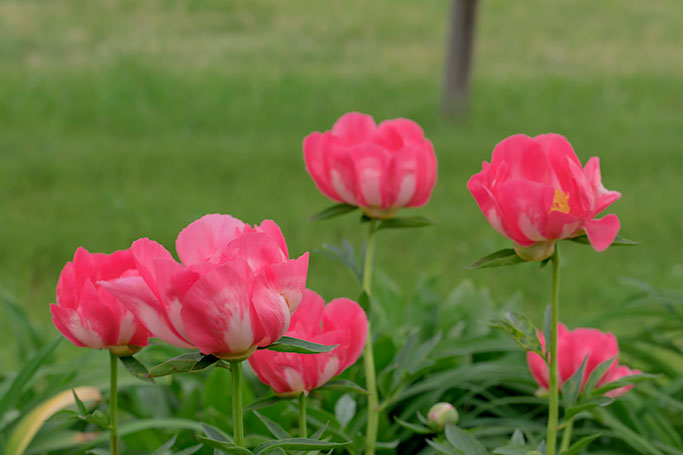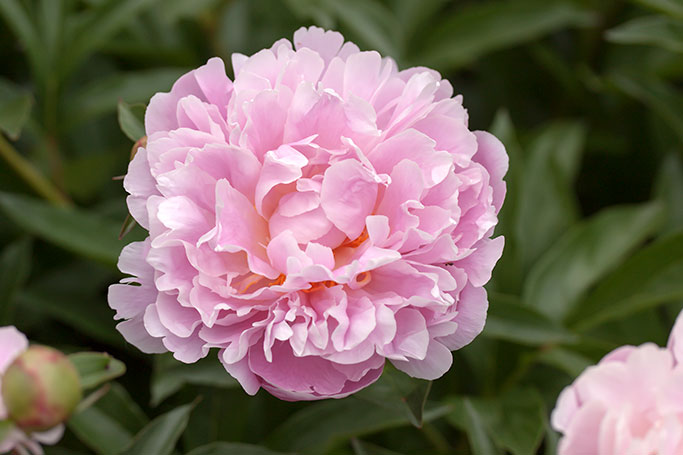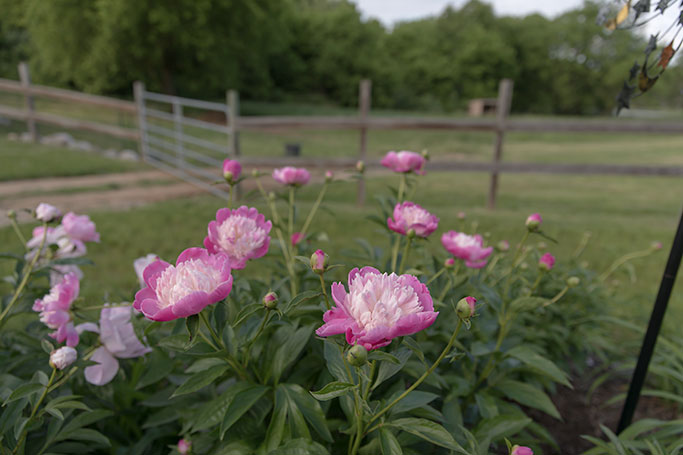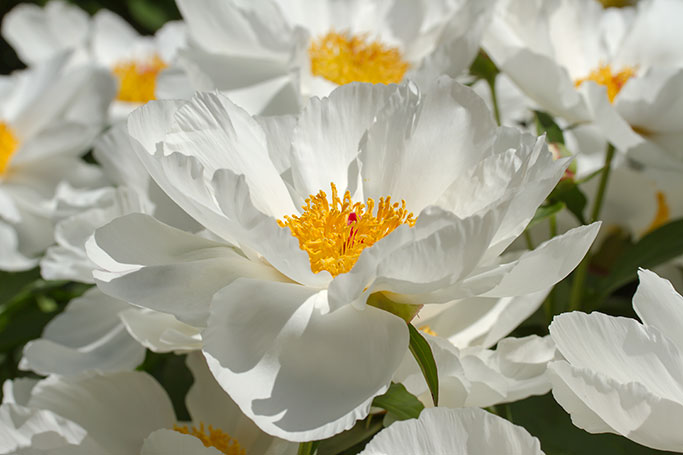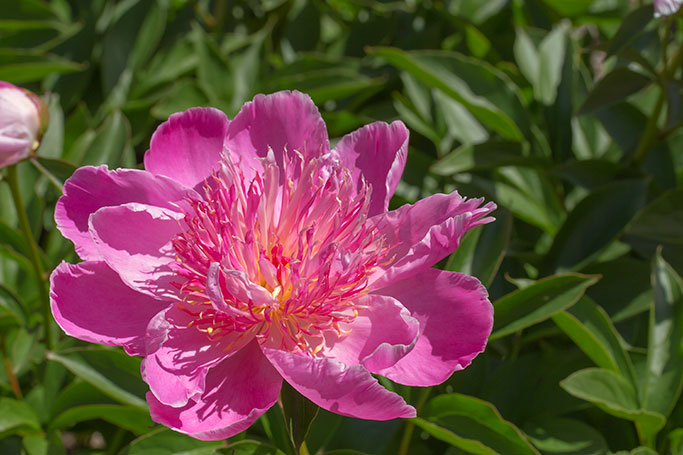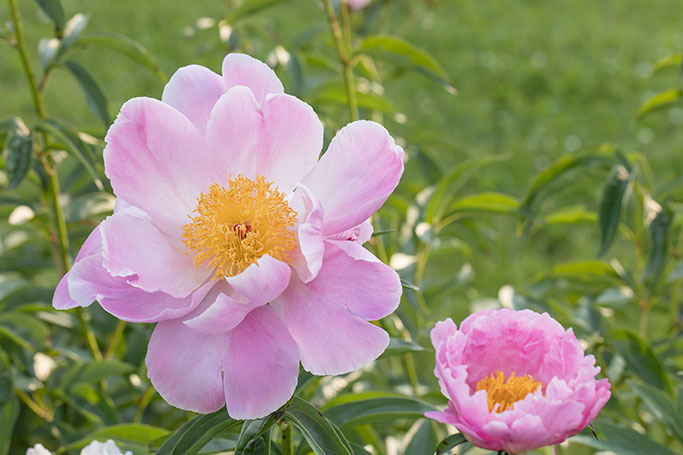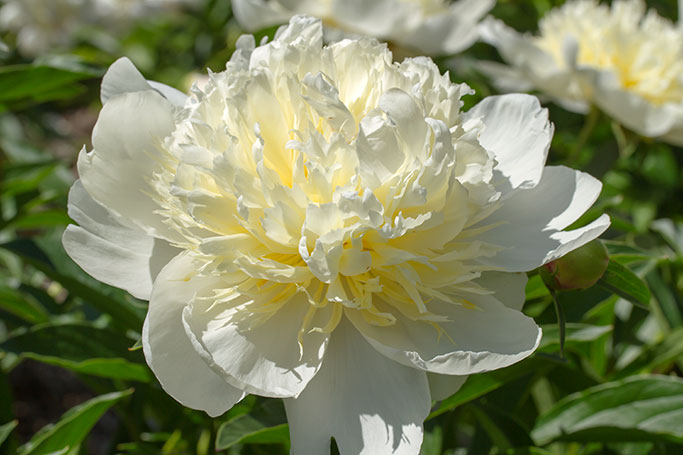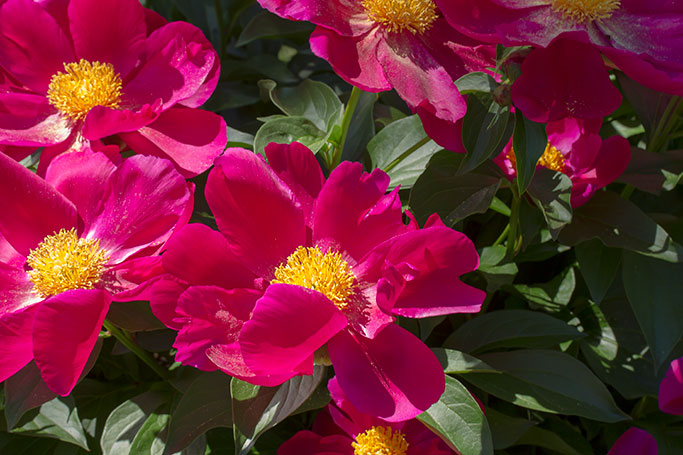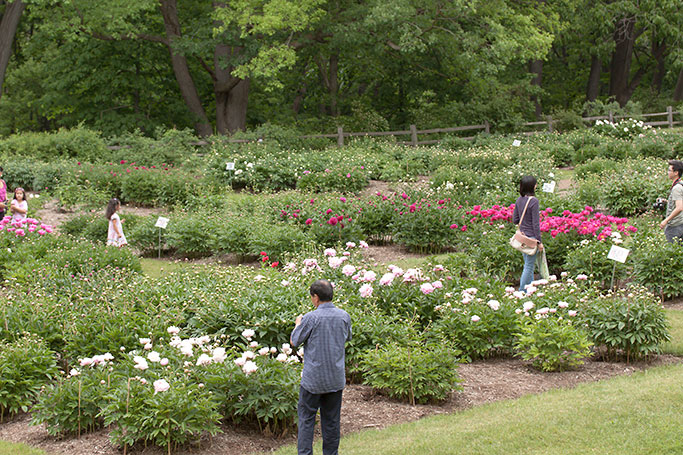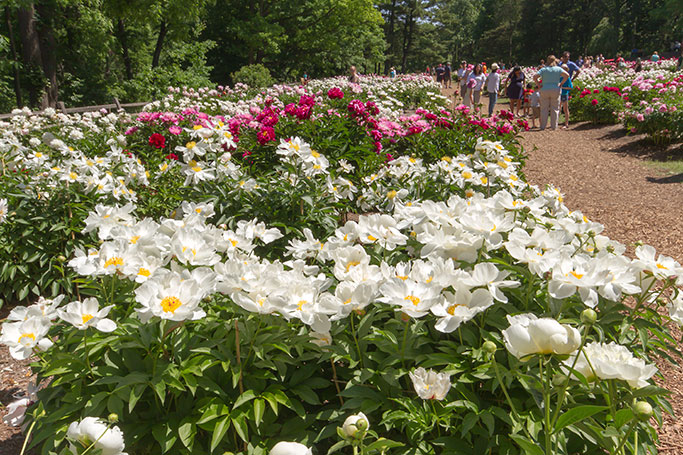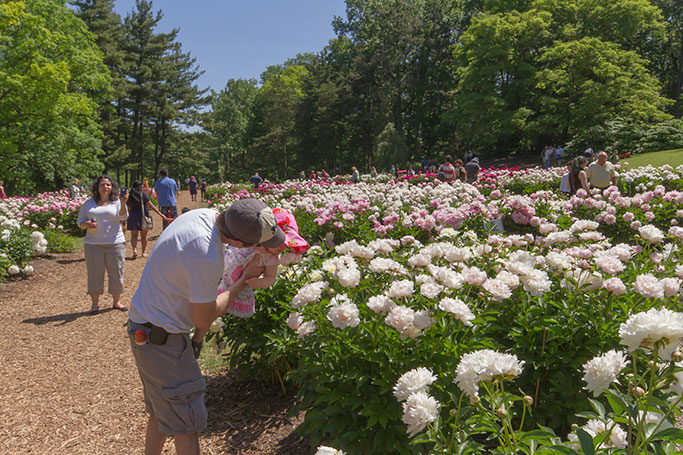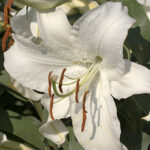Just in case you haven’t heard about it, today is the day of the 2024 Total Solar Eclipse. We would like to think that our newsletter is so good that you feel it’s the only source of information you need, but that would mean you are just now finding out it is going to get dark this afternoon! Our main customer base is not in the arc of totality. I believe we are only going to hit 97%. So, for us, it’s mostly been business as usual. A couple of weeks ago, I heard that some of our customers are expecting an influx of people into their area of up to 2 million! There have been a lot of recommendations in the news on how to best enjoy this rare event in our area. I hope that you make the best of it.
But since we’re in the business of plants, I’d like to ask you…
What would you consider a “Total Eclipse of a Plant?”
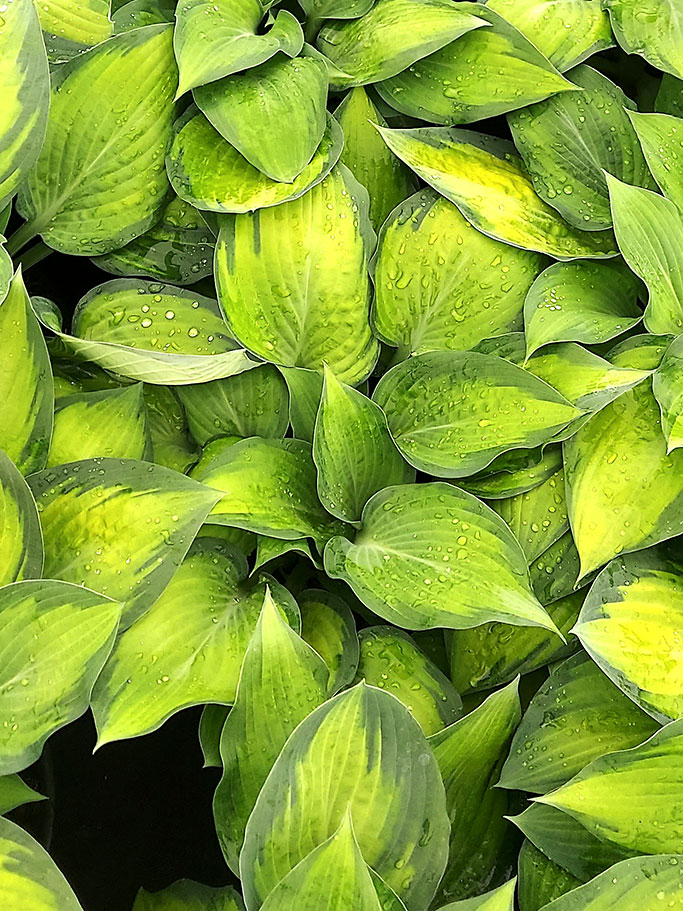
Many traditional shade genera have eclipsed themselves and have added sunbathing to their abilities. (Would we consider that a lunar eclipse of a plant?) Hosta have been a staple in the shade garden for years but nowadays you can put them in the sun! This means that the bed that goes along the house (typically in shade) and out to a point in the yard (typically full sun) can have matching plants in both the sun and shade! As a rule, green, chartreuse, or golden-leaved varieties tolerate the sun better than the blue or white variations. Choose favorites like August Moon, Guacamole, Patriot, Paul’s Glory, Stained Glass and Sum & Substance. Hostas, like Astilbe, Heuchera, Hellebore’s, and other shady plants that can tolerate the sun, do require more watering if placed in a sunny location.
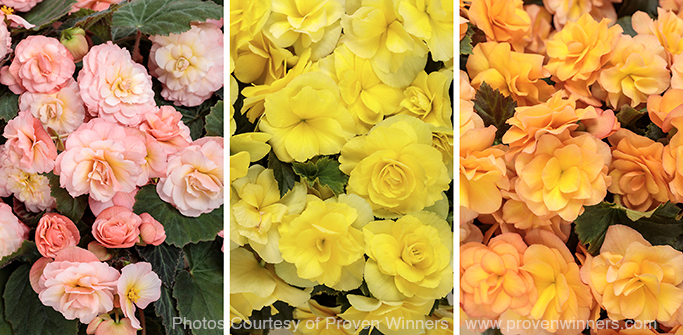
In the ever-changing annual market, they have bred for sun tolerance in Begonias. In recent years, Proven Winners has brought on the Double Delight and the Solenia Begonias. Both series are recommended for sun to part sun. They aren’t recommended for shade at all!
But my question is, “Why?” So many plants are sun tolerant already. Shade varieties are the minority and need to be sought out for troublesome spots in the landscaping. Where are the shade-tolerant Coneflowers? How about a good tall shade-loving Ornamental Grass? Why are we breeding (in my opinion) in the wrong direction?
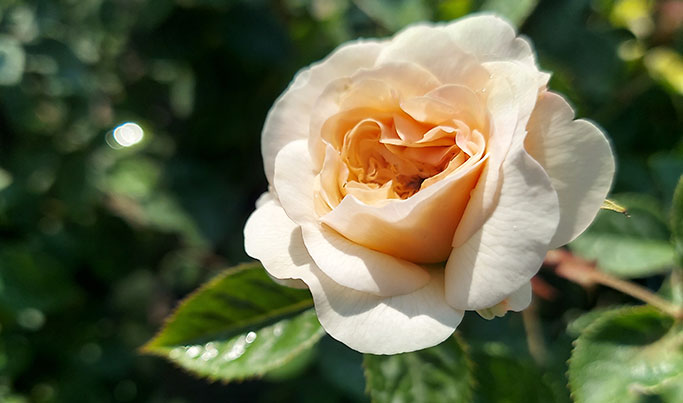
On the other side of the moon, are there sunny plants eclipsing themselves by taking some shade? Who is trying to bring the bright colors of roses into the dark corners of the garden? David Austin, that's who. His English rose collections have some full sun roses that will take shadier locations. Some of Dave’s roses only need 4-5 hours of sun. Ironically, one of them is called “Bring Me Sunshine”. They are a step in the right direction of bringing more plants over to the shady side.
Now, that’s what I call a total eclipse of a plant!
Looking for more options to keep continuity between sun and shade? Check out our resources on the website or give us a call. We are happy to help!


